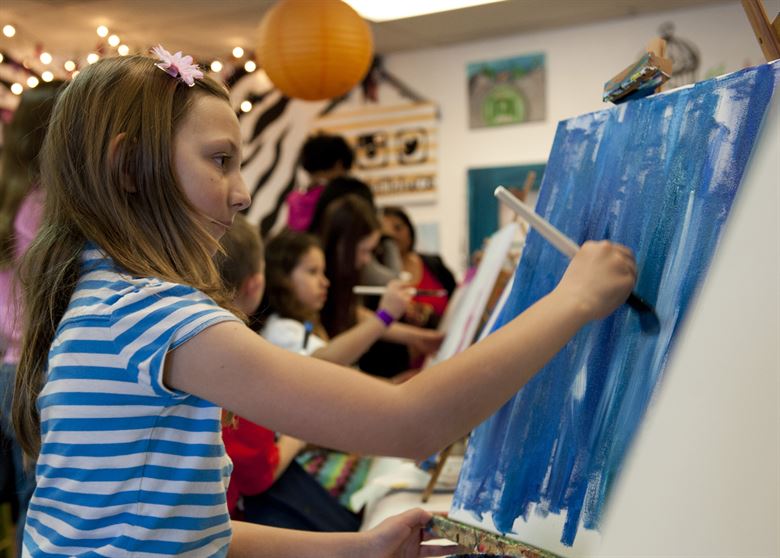Ever since I was a child I have thrived in academic situations that involved using creativity.
I looked forward to Art Class (that came twice a week for less than an hour); I lived for the days in English that we got to do creative writing rather than simply analyzing why a character’s shirt was red on page 146.
I was fortunate enough to attend a “Choice School” in Rochester, Minnesota.
Essentially this means that students came from all over the city, and sometimes neighboring towns, to attend the school.
It was/is not private, just simply a mix of students from different areas in contrast to other schools that students attended because of their zip code.
But the fact that we had students from all parts of Rochester was not the only unique part of my elementary and middle school experience (it is a K-8 school that I attended for all nine years), we also got to spend our days being creative with people of different age levels.
See, we had mixed age classrooms.
For example, my mother teaches at this school and taught fourth and fifth grade for the entirety of my studential career there (she now teaches just fourth grade because of shifts in the school district) and in middle school all my classes, except math, had 6th, 7th, and 8th graders in them.
This system of setting up the “homerooms” as we called them was ideal for developing our creative ideas and fostering the growth of our critical thinking.
We had the opportunity to learn from those older than us and, eventually, fill their shoes for younger students.
And we didn’t just take the normal classes such as “math”, “science”, and “English”–we also took classes like “mural painting” and “business development”.
I did not realize at the time that it was not normal for students to spend a good chunk of their day painting on the walls of their school, but I certainly have this creative freedom to thank for my success in various creative endeavors.
I was allowed to be creative as a child–not as much as I would have liked–but to a much higher degree than students today do.
I believe that schools should shift from a memorize and repeat focus to one in which students are encouraged to grow academically by pursuing things that interest them.
Of course, these pursuits would be in relation to the topic of the lesson, but it would give students much more freedom and foster their interest for the subject.
Not only does creativity and intellectual freedom create more engaged students, but it also develop critical thinking and analyzing skills.
And there are plenty of studies out there that these skills and abilities are what employers are looking for in today’s candidates.
Students simply do not develop these skills to their highest ability by listening to a teacher spew out facts and memorizing them for tests.
Because I was allowed to spend my time expressing myself in various innovative scenarios, I became astute in critical thinking and conversation.
When I switched from aforementioned Choice school to a large public high school my developed abilities became alarmingly clear.
When high school teachers introduced “fishbowl” activities in which students led and participated in discussion instead of simply answering the teacher’s questions, my classmates froze, not knowing how to express themselves.
But I was able to ask “deeper” questions and answer ones prompted by the teachers. Now, I am not saying that students who did not go to an alternative school, of sorts, received a poor education.
I am saying that they simply received a different education.
And they were equipped with different skills.
When it came to memorizing Spanish vocab I struggled because I had not had to do that type of learning in my education journey thus far, but they thrived.
But in the long run, students need to be able to develop their own thoughts and questions: not regurgitate what they’ve been told.
But how can teachers, and even parents, foster creativity in their child?
It really only comes down to tweaking lessons and activities already planned to have a more inventive focus.
For example, say a history teacher is giving a lesson about the Gold Rush.
Instead of creating timelines of events that happened and handing them in, students could write a play or story that is historically accurate to demonstrate their knowledge of the topic.
And if the students need more guidance the teacher can provide a list of terms that should be used and defined in their story.
It really is as simple as that in most cases.
As an education major I know that redoing lesson plans is a tedious and strenuous task, but in the end making these changes is certainly worth the time it takes to make these changes.
